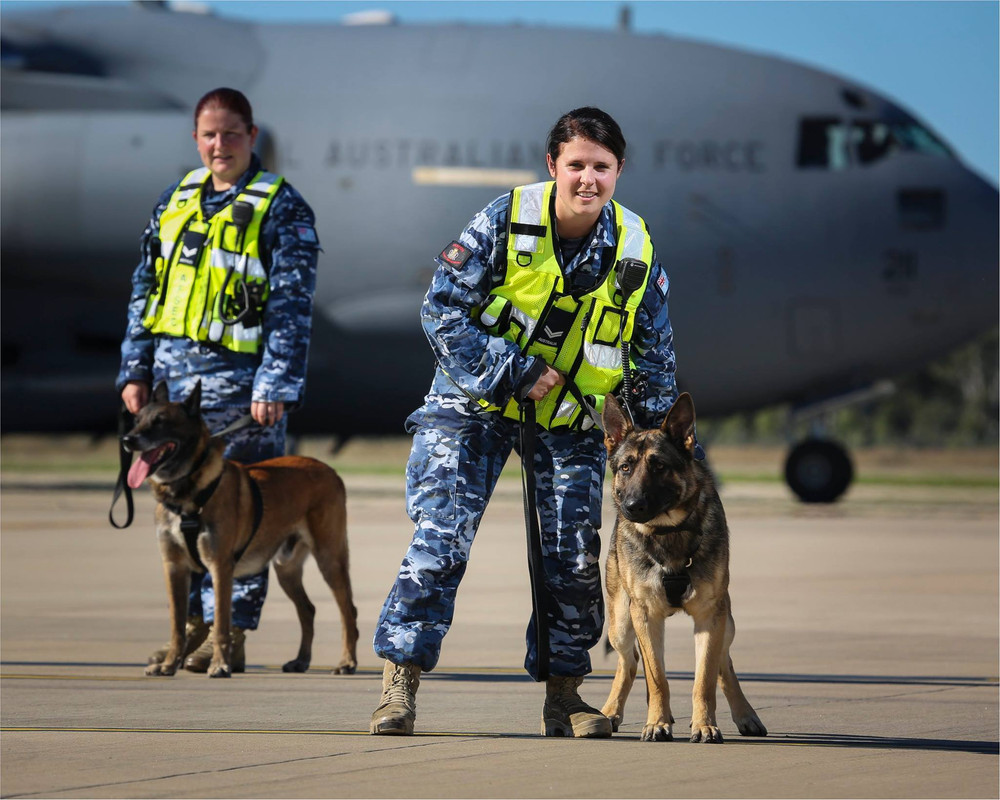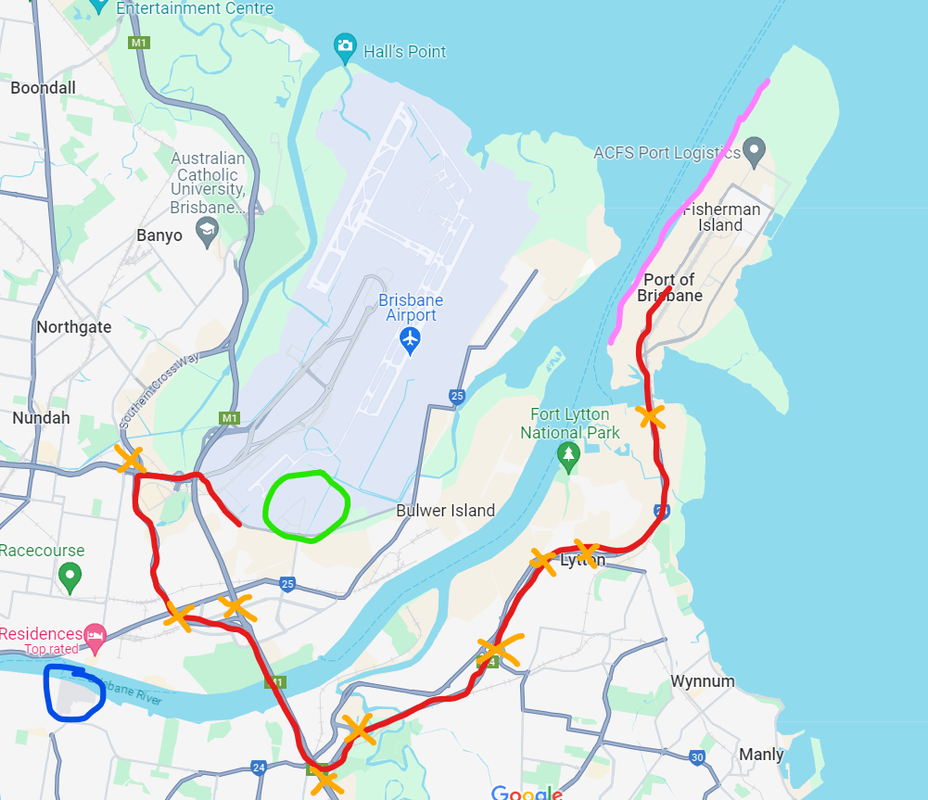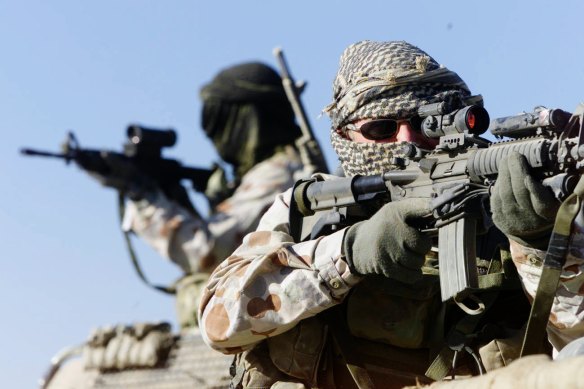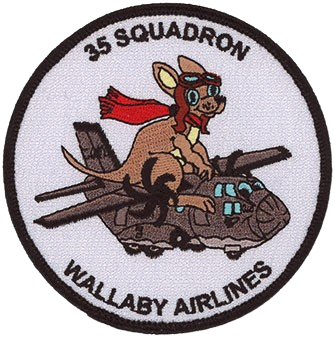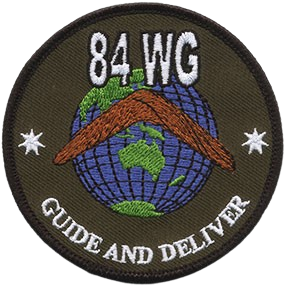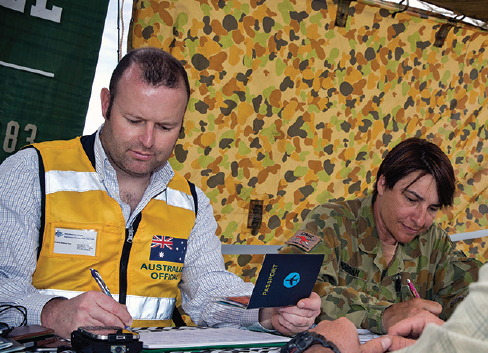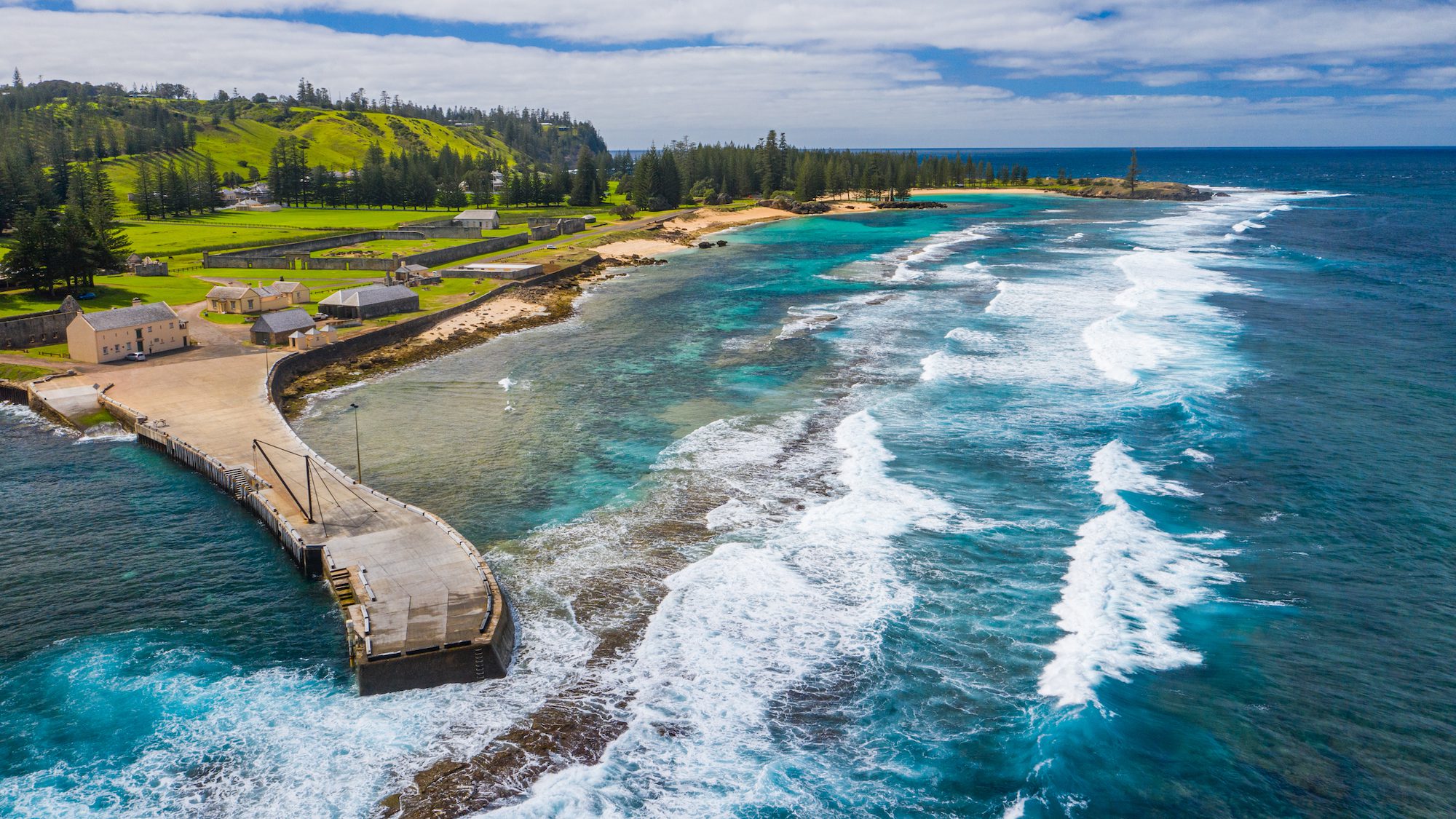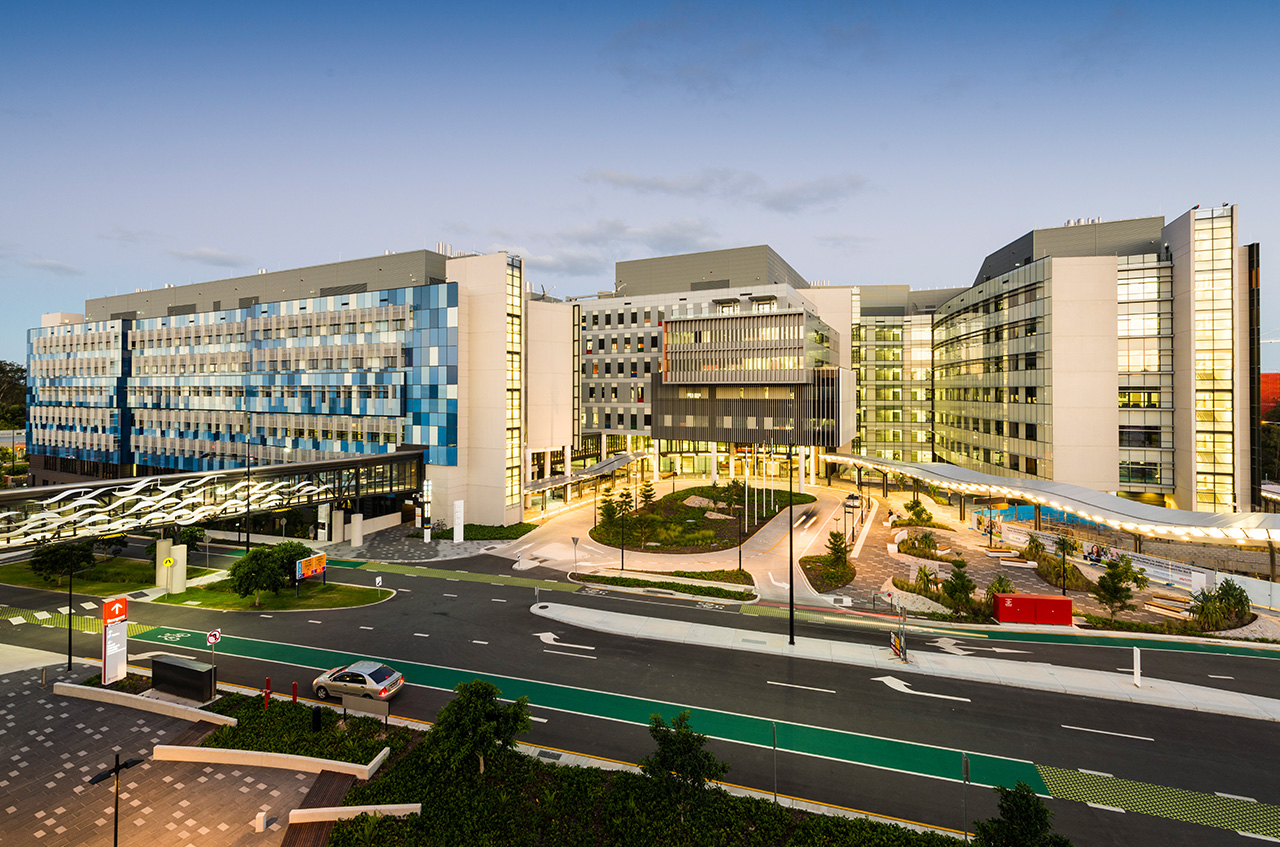- Jul 2, 2018
- 3,049
 | 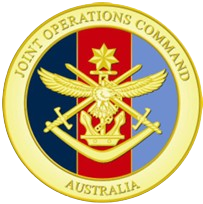 |
OPERATION MORRIS DANCE |
CLASSIFIED |
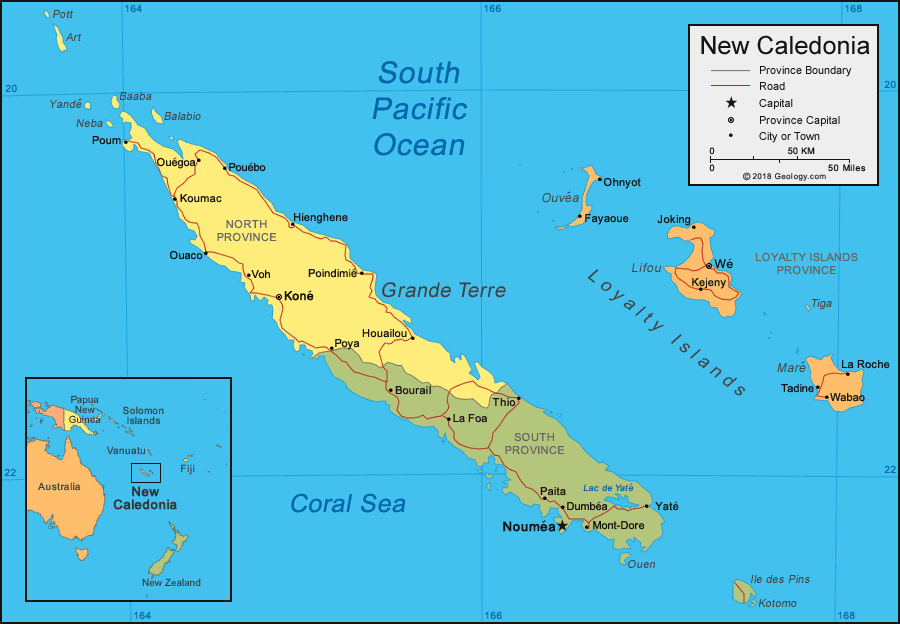 |
| Objective: | Evacuate Australian, New Zealand, British, American, Canadian and Singaporean citizens as well as citizens of other Pacific Island nations from New Caledonia. Provide logistical support to partner nations in support of operations in New Caledonia. |
| Date: | 4 July 2004 - Present |
| Location: | New Caledonia, Coral Sea |
| Status: | Ongoing |
BELLIGERENTS |
 Australia Australia
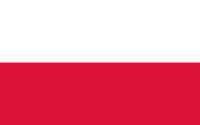 Poland Poland Thailand Thailand New Zealand New Zealand |  New Caledonia seperatists New Caledonia seperatists |
COMMANDERS AND LEADERS |
 Julia Gillard (Prime Minister) Julia Gillard (Prime Minister) John Faulkner (Minister for Defence) John Faulkner (Minister for Defence) Jenny McAllister (Minister for Pacific Island Affairs and Overseas Aid) Jenny McAllister (Minister for Pacific Island Affairs and Overseas Aid)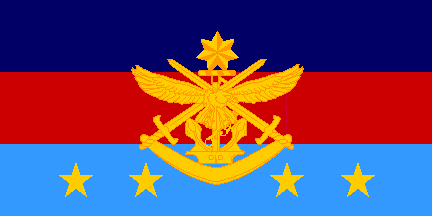 General Peter Cosgrove (Chief of the Defence Force) General Peter Cosgrove (Chief of the Defence Force)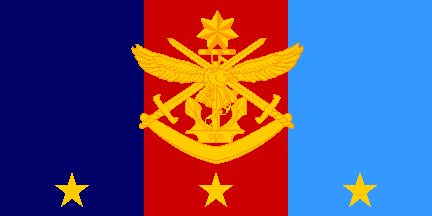 Vice Admiral David Johnston (Chief of Joint Operations) Vice Admiral David Johnston (Chief of Joint Operations)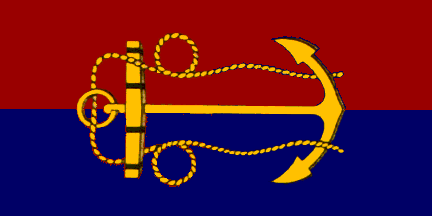 Vice Admiral Russ Crane (Chief of Navy) Vice Admiral Russ Crane (Chief of Navy)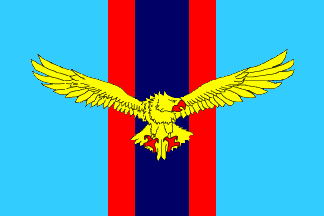 Air Marshal Angus Houston (Chief of Air Force) Air Marshal Angus Houston (Chief of Air Force)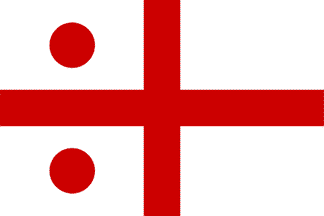 Rear Admiral Stuart Mayer (Commander Australian Fleet) Rear Admiral Stuart Mayer (Commander Australian Fleet)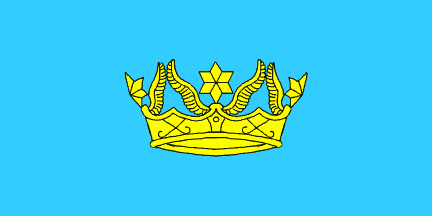 Air Vice-Marshal Julie Hammer (Air Commander Australia) Air Vice-Marshal Julie Hammer (Air Commander Australia)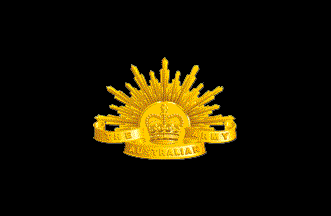 Major General Mike Hindmarsh (Special Operations Commander Australia) Major General Mike Hindmarsh (Special Operations Commander Australia) Annelise Young (Australian Consul-General in Noumea) Annelise Young (Australian Consul-General in Noumea) Anna Bligh (Premier of Queensland) (July 2004 - October 2004) Anna Bligh (Premier of Queensland) (July 2004 - October 2004) Lawrence Springborg (Premier of Queensland) (October 2004 - Present) Lawrence Springborg (Premier of Queensland) (October 2004 - Present) |  Éloi Declerc Éloi Declerc |
STRENGTH |
|
Royal Australian Navy:
Australian Defence Force:
| Unknown |
CASUALTIES AND LOSSES |
| None | None |
Last edited:





 Australian Federal Police
Australian Federal Police Australian Border Force
Australian Border Force
